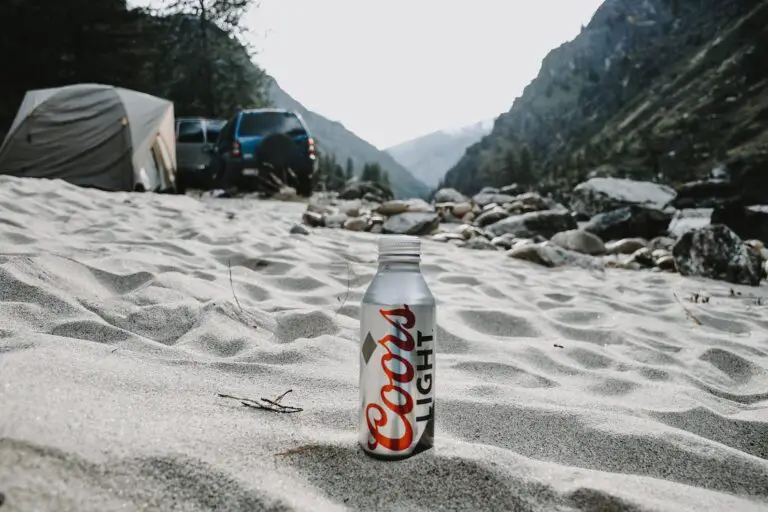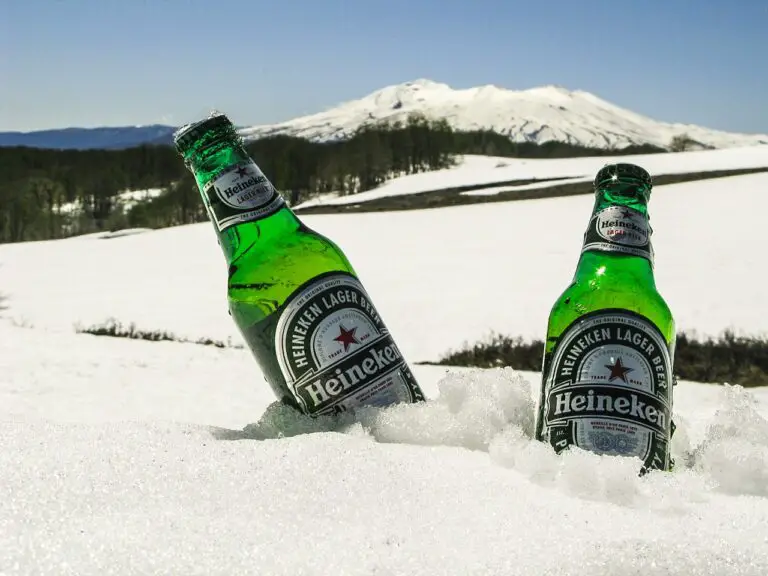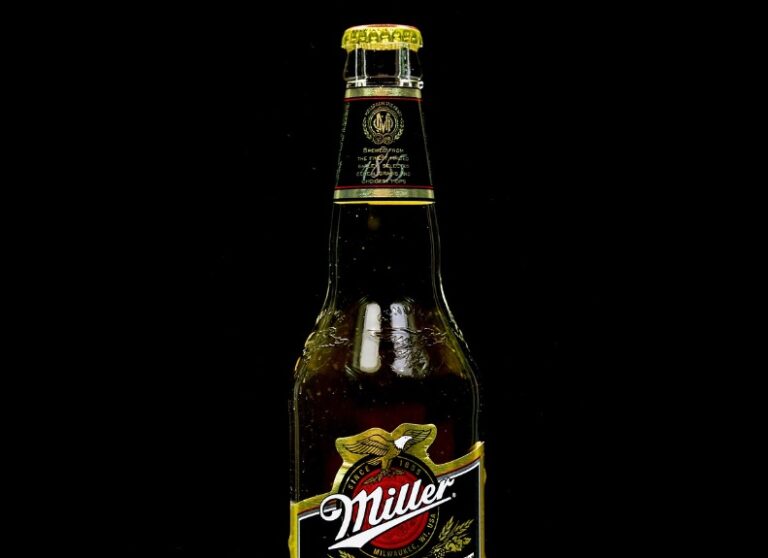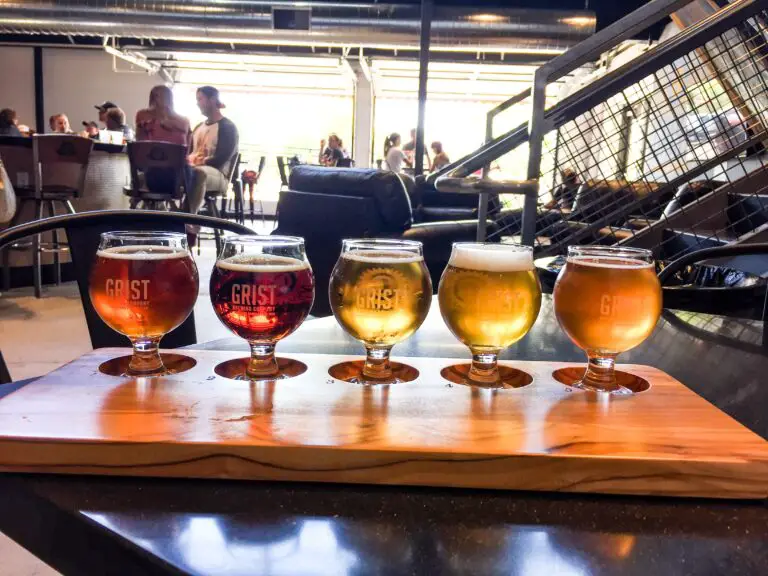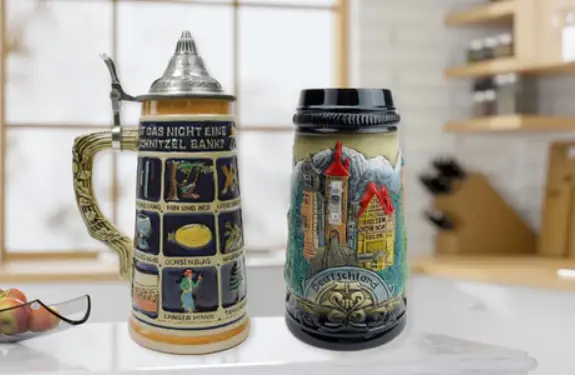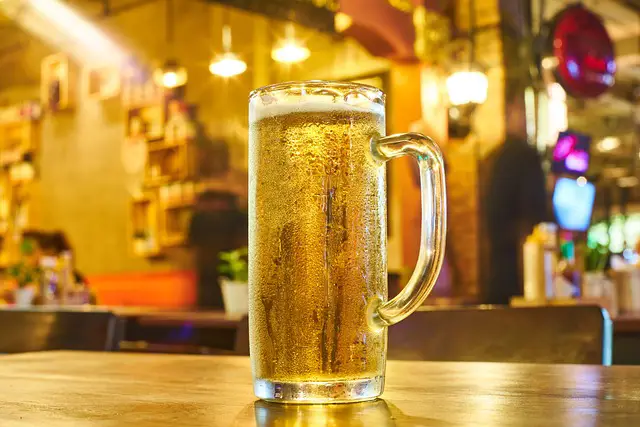Can Beer Be Aged?
So, can beer be aged? Let’s see…
Well, YES, beer can be aged! Like fine wines and spirits, beer can develop complex and intriguing flavors when carefully aged. Yes, beer can evolve!
While not all beers are suitable for aging, many styles, such as strong ales, stouts, and sours, can evolve in taste and character over time. Beer aging is fascinating for enthusiasts who are always looking for unique flavor experiences, and it can become a testament to the versatility of this beloved beverage.
So, yeah, beer can actually be aged – let’s go deeper and see what it’s all about!
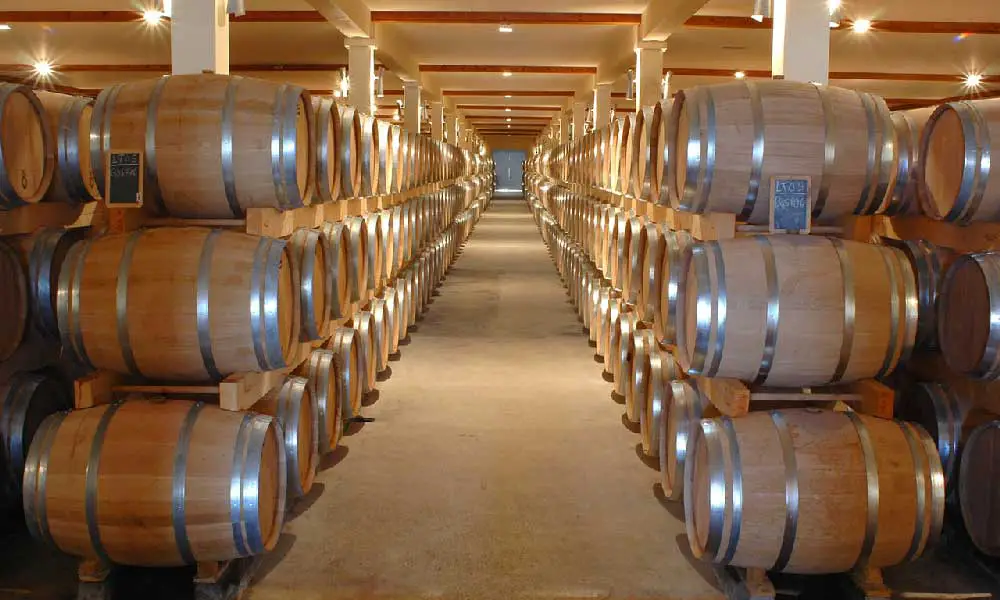
So, How Can Beer Aging Make Beer Better?
The Factors Behind Beer Aging
Beer aging is a process that’s influenced by various factors. Let’s break it down:
Ingredients Matter: The composition of beer plays a crucial role in aging. Beers with higher alcohol content, like barleywines, tend to age well. This is because alcohol acts as a preservative. Hops, on the other hand, lose their bitterness over time, which can be beneficial for some beer styles but detrimental for others.
Packaging for Beer Aging: The container matters when it comes to aging beer. Bottles, especially those sealed with cork, are a common choice. The absence of light penetration in bottles also helps preserve the beer’s quality over time.
Storage Conditions: Storing beer properly is key. Beer ages best when kept in a cool, dark place, ideally between 50°F and 55°F (10°C to 13°C). Avoid temperature fluctuations and exposure to light, as these can negatively affect the aging process.
Which Beers Are Ideal for Aging?
1. Strong Ales and Barleywines: Beers with higher alcohol content, such as barleywines, imperial stouts, and strong ales, can benefit from aging. The alcohol acts as a preservative, and these beers often develop rich, complex flavors over time.
2. Sour and Wild Ales: Sour beers, like Lambics and Gueuze, can evolve beautifully with age. The wild yeast and bacteria in these styles continue to ferment and create intricate sour and funky notes.
3. Stouts and Porters: Robust stouts, especially those with additions like coffee or chocolate, can mellow and integrate their flavors during aging. Barrel-aged versions, like Russian Imperial Stouts, are particularly prized for aging.
4. Specialty Beers: Certain specialty beers, like Belgian Quads, Trappist ales, and some Belgian strong ales, are designed for aging. They often improve in complexity and smoothness.
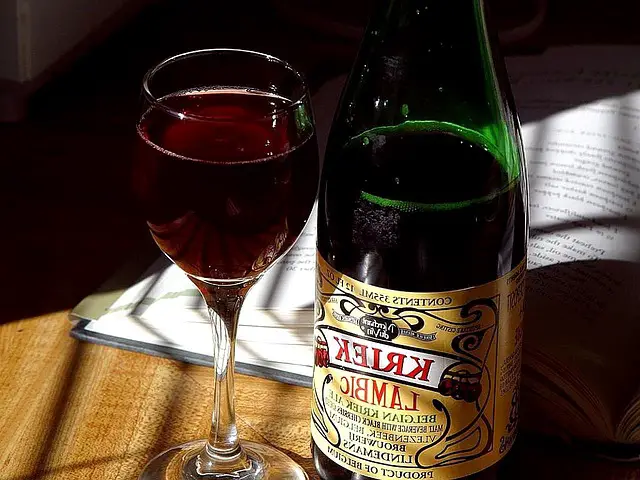
Which Beers are Better Fresh?
- Hop-Forward Beers: Most hoppy beers, like IPAs and pale ales, are best consumed fresh. Hops are prone to losing their aroma and bitterness with time, leading to a less desirable flavor.
- Light Lagers: Light and delicate beer styles, such as pilsners, are generally not suitable for aging. Their fresh, crisp characteristics are meant to be enjoyed without aging.
- Wheat Beers: Wheat beers, including Hefeweizens and American wheat ales, are typically designed for immediate consumption. Aging tends to diminish their refreshing qualities.
How Does Beer Aging Work?
Chemical Reactions: Beer aging involves a series of complex chemical reactions. One significant reaction is oxidation, where compounds in the beer react with oxygen, leading to changes in flavor. This can result in the development of sherry-like or cardboard-like notes, which, when controlled, can enhance the beer’s complexity.
Role of Microorganisms: Microorganisms like yeast and bacteria continue to work in aged beer. They can metabolize remaining sugars and create new flavors. These microorganisms produce tart and funky characteristics in sour and wild ales, adding depth to the beer’s profile.
Impact of Temperature: Temperature plays a vital role in beer aging. Higher temperatures accelerate chemical reactions, potentially leading to off-flavors and spoilage. On the other hand, lower, stable temperatures, like those found in a cellar or cool basement, are ideal for gradual aging and flavor development.
Over time, beer aging can turn a straightforward beer into a more nuanced and multidimensional beverage. It’s a delicate balance between the right chemical changes and avoiding undesirable outcomes like excessive oxidation or off-flavors. Understanding these scientific processes allows beer enthusiasts to enjoy the unique and evolving flavors that aged beer can offer.
How Should You Age Your Beer? Cellaring vs. Collecting?
To successfully age beer, you should be aware of the following key factors:
1. Beer Cellaring:
Cellaring beer is the process of storing it under controlled conditions to encourage aging. Here’s what you should know:
- Temperature Control: Maintain a consistent, cool temperature, ideally between 50°F and 55°F (10°C to 13°C). Fluctuations can disrupt the aging process.
- Darkness: Beer should be stored away from direct light to prevent the harmful effects of UV rays.
- Storing Bottles Upright: This helps minimize the beer’s contact with the cork or cap, reducing the risk of contamination.
- Minimal Disturbance: Limit vibrations and movement, as these can disturb sediment in bottles and affect the aging process.
2. Beer Collecting:
Collecting beer for aging requires some strategic choices:
- Selecting Suitable Styles: Choose beers with characteristics that improve with age, like strong ales, sours, and stouts.
- Consider Bottle Size: Larger bottles, such as magnums or 750ml, age more gracefully than smaller ones.
- Check Packaging Date: Older vintages of a particular beer are more suitable for aging, but always ensure the beer has been stored properly before purchasing.
In contrast to immediate consumption, beer aging is a deliberate and systematic process. Understanding these key elements will help you preserve and develop the unique flavors of your chosen beer styles over time.
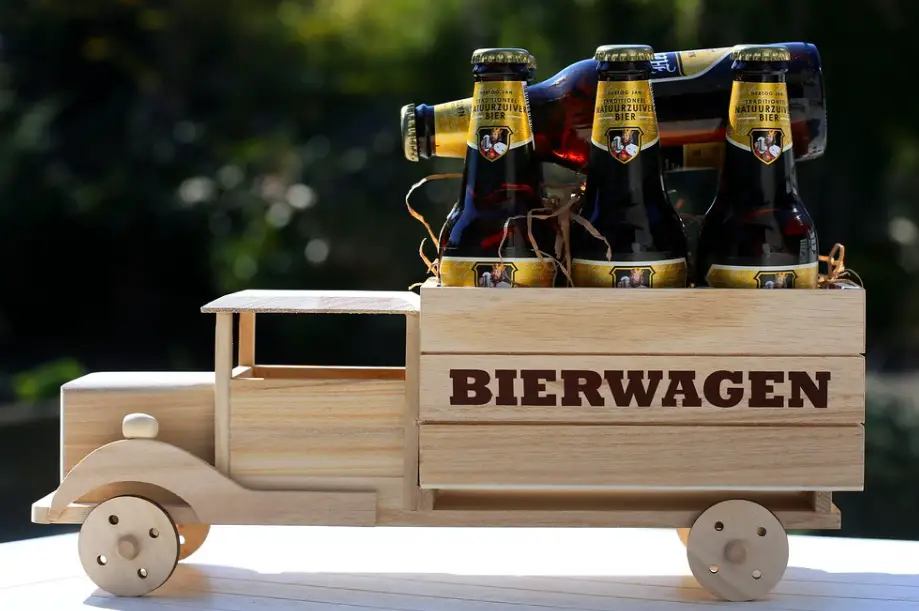
What Can Go Wrong When Aging Your Beer?
When aging beer, several potential risks and pitfalls exist:
1. Spoilage: Improper storage conditions, such as temperature fluctuations or exposure to light, can lead to spoilage. This might result in off-flavors, off-putting aromas, and ruined beer.
2. Off-Flavors: Beer can develop undesirable off-flavors during aging, including oxidation, skunkiness, or the presence of wild yeast strains. These flavors can diminish the quality of the aged beer.
3. Unpredictable Outcomes: Beer aging is a different science. The interaction of various factors like ingredients, packaging, and storage conditions can lead to unpredictable results. What works for one beer may not work for another, making each aging experience unique.
4. Balancing Patience with Consumption: Finding the right balance between aging and enjoying your beer is crucial. While aging can enhance flavor, it’s essential not to wait too long, as flavors can peak and then decline. Balancing patience with timely consumption ensures you enjoy your beer at its best.
Wrapping It Up
In conclusion, aging beer can be rewarding for any beer enthusiast. While age is unsuitable for every beer style, it can unlock complex flavors and aromas, turning a simple beverage into a layered and nuanced experience. The patience and care required in beer aging can result in the discovery of exquisite tastes, making it a venture well worth undertaking for those seeking exceptional beer experiences.

I am a young architect with a passion that goes beyond blueprints… it’s beer! undertherosebrewing.com is more than just a blog, it’s a manifestation of my lifelong dream to explore, read, and learn everything about beer. Join the blog on this unfiltered and genuine adventure into the heart of beer culture. Cheers!

